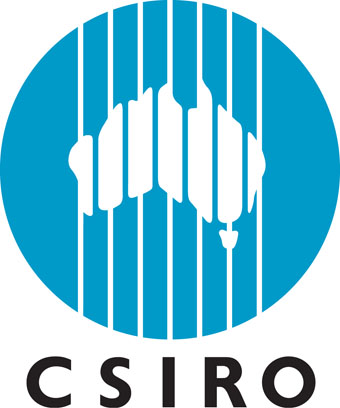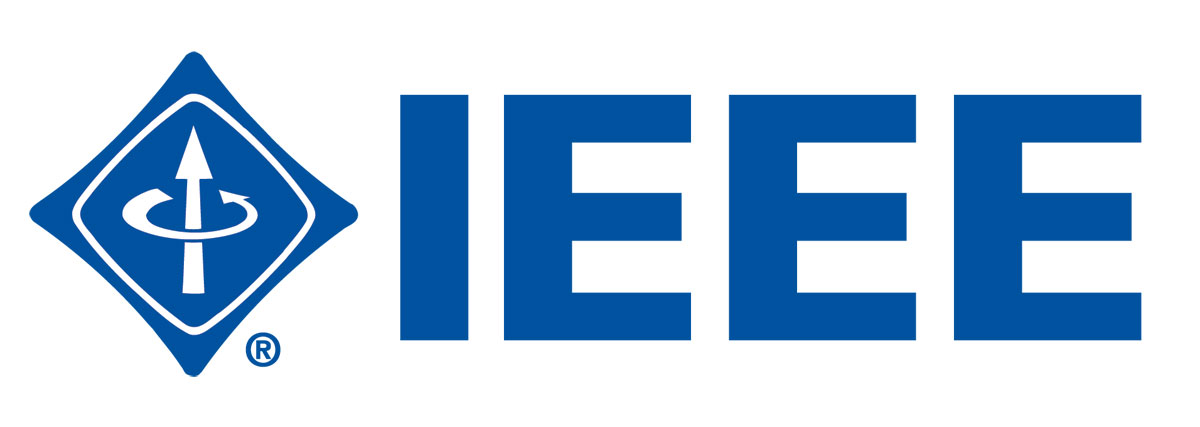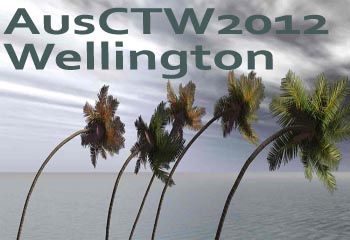





closed
Fri, Dec 9
Tue, Dec 20
Tue, Jan 10
With the advent of cheap utility computing, it is now feasible for even the smallest of research groups to apply massive computing power to the solution of hard problems. For instance, accurate Monte Carlo simulations may be rapidly executed in parallel on a public computing grid, and systems with large design spaces may be efficiently optimized with evolutionary computing techniques such as genetic algorithms.
Under funding by the United States National Science Foundation (NSF), West Virginia University (WVU) is developing an infrastructure for the execution of communication-theory related jobs on a massive public computing grid. The system is open for use by the communication-theory research community. The system is built using a baseline 224-core cluster computer supplemented by volunteer computing resources, and is accessed through a web-based interface. In order to promote the pooling of resources, users of the system are encouraged to donate idle cycles of their own desktop computers.
The talk provides with an overview of how the cloud-computing infrastructure is architected. The discussion then turns to the science that is enabled by the infrastructure. As a specific case study, it is shown how the infrastructure has been used to optimize the parameters associated with a frequency-hopping ad hoc network.
Matthew C. Valenti has been with West Virginia University since 1999, where he is currently a Professor in the Lane Department of Computer Science and Electrical Engineering. He holds B.S. and Ph.D. degrees in Electrical Engineering from Virginia Tech and a M.S. in Electrical Engineering from the Johns Hopkins University. From 1992 to 1995 he was an electronics engineer at the U.S. Naval Research Laboratory. He serves as an associate editor for IEEE Wireless Communications Letters and is Technical Program Committee (TPC) co-chair for Globecom-2013 (Atlanta, Georgia, USA). He has previously served as editor for IEEE Transactions on Wireless Communications and IEEE Transactions on Vehicular Technology and as track or symposium co-chair at ICC-2009, ICC-2011, VTC-Fall-2007, and Milcom-2010. His research interests are in the areas of communication theory, error correction coding, applied information theory, wireless networks, simulation, genetic algorithms, and grid computing.
The Square Kilometre Array (SKA) is one of the most ambitious science projects of the next decade. This international project seeks to build a network of thousands of radio telescopes spread over a continent sized area, collecting and processing extabytes of data daily. This vast data rate, equivalent to the capacity of 15 million 64 Gb iPods being filled each day, requires a supercomputer 100 times faster than the current fastest machine and a new set of algorithms to ingest and interpret the resultant images. Undertaking research on exa-scale datasets will force radio astronomers into a new, as yet, unexplored region of automated processing, imaging and analysis. I will review the SKA project and the computational challenges ahead.
Dr Melanie Johnston-Hollitt completed her PhD in radio astronomy jointly at the CSIRO Australia Telescope National Facility (ATNF) and the University of Adelaide. The topic of her dissertation was detection of magnetic fields in galaxy clusters through radio observations of Faraday Rotation. Following this she was appointed as the inaugural LOFAR Fellow in the Netherlands where she worked on design aspects and science drivers for the Low Frequency Array radio telescope. She returned to Australia in 2004 to take up a tenured faculty position in the Radio Astronomy Group at the University of Tasmania where she led a research group investigating the environmental conditions required to generate radio emission in galaxy clusters.
In January 2009 she moved to New Zealand as leader of a new radio astronomy group within the School of Chemical & Physical Sciences at Victoria University of Wellington. Upon arriving in NZ she elected the founding chair of the New Zealand Square Kilometre Array Research and Development Consortium (NZSKARD), a group which brings together researcher from all over NZ exploring the new techniques that are needed for operation of the world's largest radio telescope, the 1.5 billion euro Square Kilometre Array.
In 2011 she led a successful bid for NZ to join the $50 million dollar Murchison Widefield Array (MWA), a low frequency radio telescope array which is and official SKA precursor instrument being constructed on the Australia-NZ SKA core site. She currently sits on the international Board of Directors of the Square Kilometre Array Organisation as New Zealand's Science Representative and on the Board of the Murchison Widefield Array radio Telescope, in addition to numerous other international Astronomy committees.
Deploying wireless systems so that they offer the best performance for all stakeholders (e.g. users, service providers and shareholders) is identified as a critical issue in advancing the wireless industry into the second decade of the twenty-first century. An historical perspective of the key issues is initially presented, from which a set of societal expectations of future wireless performance are derived. The engineering challenge is to meet these expectations, and this has motivated a programme of research being undertaken at the University of Auckland. Various aspects of the research being undertaken at Auckland will be presented, including the use of the Finite-Difference Time-Domain (FDTD) method to model radiowave propagation in indoor environments.
Michael Neve was born in Auckland, New Zealand on October 29, 1966. He received the BE(Hons) and the PhD degrees from the University of Auckland in 1988 and 1993 respectively.
From May 1993 to May 1994, he was Leverhulme Visiting Fellow at the University of Birmingham, UK. During this time, he was involved with radiowave propagation research using scaled environmental models. From May 1994 to May 1996 he was a New Zealand Science and Technology Post-Doctoral Fellow within the Department of Electrical and Electronic Engineering at the University of Auckland. From May 1996 to December 2000 he was a part-time Lecturer/Senior Research Engineer in the Department of Electrical and Electronic Engineering at the University of Auckland. In 2004 he was a Visiting Scientist at the CSIRO ICT Centre in Sydney, Australia and is presently a Senior Lecturer in the Department of Electrical and Computer Engineering at The University of Auckland. He is also Associate Dean Postgraduate (Research) in the Faculty of Engineering at The University of Auckland.
His present research interests include radiowave propagation modelling in cellular/microcellular/indoor environments, the interaction of electromagnetic fields with building structures, computational electromagnetic methods in non-orthogonal coordinate systems, cellular system performance optimization and antennas. He was jointly awarded a 1992/93 IEE Electronics Letters Premium for two publications resulting from his doctoral research.